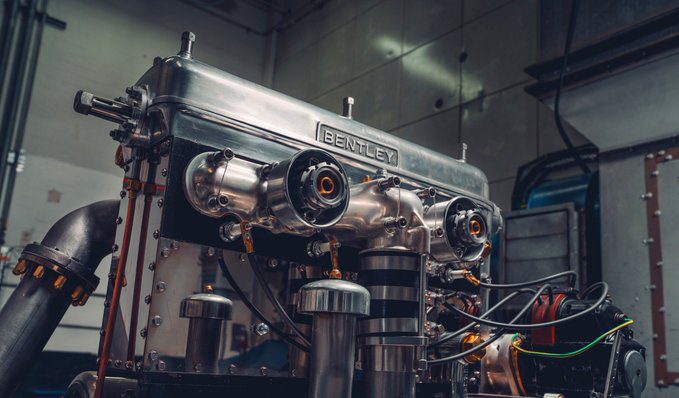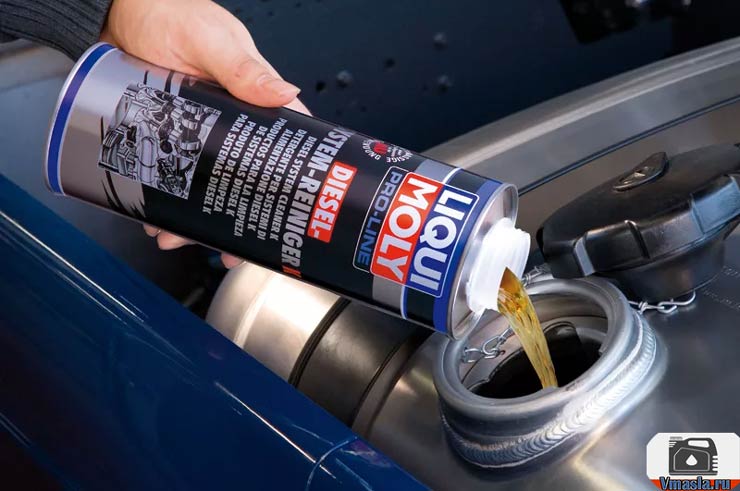
New engine for BENTLEY Blower Continuation
The engine for the first car in the Bentley Mulliner Blower Continuation series was first launched on a specially prepared test bed at Bentley's Crewe.
The Blower Continuation Series is a series of 12 newly built recreations of one of the most famous Bentleys of all time, the supercharged 4½-litre "Blower" built for racing by Sir Tim Birkin in the late 1920s. These 12 cars, which make up the world's first pre-war sequel series, have been pre-sold to collectors and Bentley enthusiasts around the world.
When the engineering prototype of the project - Car Zero - is already under development, the first engine was recreated by Bentley Mulliner with expert support from specialists. While the engine was being built, a group of Bentley engineers began work on preparing one of four engine development test beds at Bentley's headquarters in Crewe to receive the engine. The engine test rig has been located at Bentley since the plant was built in 1938, and the chambers were originally used to run and power test Merlin V12 aircraft engines manufactured by the plant for World War II Spitfire and Hurricane fighters.
The preparation of the test bench involved making a replica of the front blower chassis to mount the engine, which could then be mounted on a computer-controlled engine dynamometer. A new version of engine measurement and control software was written and tested, allowing Bentley engineers to monitor and run the engine to precise parameters. Because the Blower transmission differs significantly in size and shape from modern-day Bentley engines, a number of original Merlin test benches, which are still kept at Bentley, were used to adapt the test bench to fit these special engines.
When the engine was fully installed, the first start happened two weeks ago, and the first engine is now going through a certain break-in schedule before being tested at full power. Engines will be tested over a 20 hour cycle, gradually increasing both engine speed and load conditions from idle to 3500 rpm. After each engine has been fully run in, a full load power curve will be measured.
With the test bench up and running, the next step for the Car Zero engine will be real reliability. When the car is complete, it will launch a program of track tests, running sessions of gradually increasing duration and speed, testing functionality and reliability under more challenging conditions. The test program is designed to achieve the equivalent of 35 kilometers of actual 000 kilometers of track driving, and simulates famous rallies such as Beijing-Paris and the Mille Miglia.
4½ liter supercharged engine
The newly created Blower engines are replicas of the engines that powered Tim Birkin's four Team Blowers raced in the late 1920s, including the use of magnesium in the crankcase.
The Blower engine began life as a 4½ liter naturally aspirated engine designed by V.O. Bentley. Like the 3-litre Bentley before it, the 4½-litre combined the latest single-engine technology of the day – single overhead camshaft, twin-spark ignition, four valves per cylinder and, of course, Bentley's now legendary aluminum pistons. The racing version of the 4½-litre WO engine developed approximately 130 hp, but Sir Tim Birkin's Bentley Boy wanted more. WO has always emphasized reliability and refinement over sheer power, so his solution to finding more power has always been to increase engine power. Birkin had another plan - he wanted to reload 4½, and this idea, according to WO, "ruined" his design.
With financial backing from his wealthy financier Dorothy Paget and the technical skills of Clive Gallop, Birkin commissioned supercharger specialist Amherst Villiers to build a supercharger for the 4½. A Roots-type supercharger—colloquially known as a supercharger—was mounted in front of the engine and radiator, and was driven directly from the crankshaft. Internal modifications to the engine included a new, stronger crankshaft, reinforced connecting rods, and a modified oil system.
In racing style, the new supercharged 4½-litre Birkin engine was powerful, producing around 240 hp. Thus, the "Blower Bentley" were extremely fast, but, as predicted by WO, also somewhat fragile. The Blowers played a role in Bentley history, including helping secure the supercharged Bentley Speed Six's victory at Le Mans in 1930, but in the 12 races the Blowers entered, victory was never secured.
